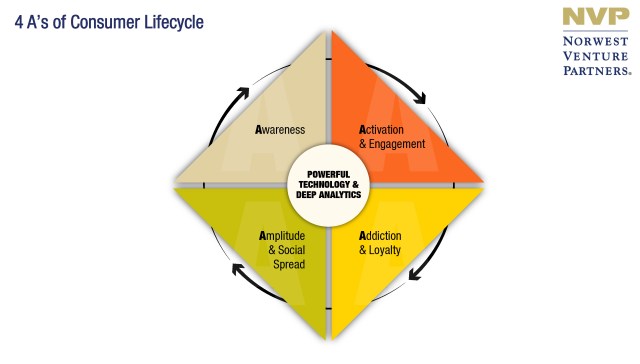Travelers with complex travel plans may have noticed, however, that the
search results aren’t necessarily consistent. This has created a
business opportunity for Flightfox, a start-up company
based in Mountain View, Calif., which uses a contest format to come up
with the best fare that the crowd — all Flightfox-approved users — can
find.
A traveler goes to Flightfox.com
and sets up a competition, supplying information about the desired
itinerary and clarifying a few preferences, like a willingness to “fly
on any airline to save money” or a tolerance of “long layovers to save
money.” Once Flightfox posts the contest, the crowd is invited to go to
work and submit fares.
The contest runs three days, and the winner, the person who finds the
lowest fare, gets 75 percent of the finder’s fee that the traveler pays
Flightfox when setting up the competition. Flightfox says fees depend on
the complexity of the itinerary; many current contests have fees in the $34-to-$59 range.
Travelers’ savings can be considerable. In a contest for a long, complex trip
that began in Sydney, passed through Barcelona and then many South
American destinations before returning to Sydney, the difference between
the lowest fare, $6,538 a person, and the third-lowest was about
$1,400. Why couldn’t every human searcher find the same fare that the
winner did? The fact that the travelers specified 15 destinations for
their four-month-long trip meant that no single search engine had all
the needed information.
Flightfox asks travelers who have already found a good fare on their own
to make clear at the outset that they will award the finder’s fee only
if a better price is found. The site also encourages travelers to
consider awarding a finder’s fee for flights that may not be less
expensive but have fewer stops or shorter layovers.
Human searchers can find flights that handle special requests, like
traveling with a pet or a surfboard, to which a travel search engine
remains oblivious. Todd Sullivan, a software developer and co-founder of
Flightfox, says, “There are too many variables for it to be
economically feasible to build an algorithm that covers every aspect of
travel.”
Mr. Sullivan says the company has about 900 researchers, which it calls
“experts,” who search fares on behalf of the sponsoring travelers.
Anyone can apply to be an “expert”; Mr. Sullivan says applicants need
only show evidence of the ability to find good fares.
About 20 percent of the Flightfox researchers are travel agents. Another
large group are what Mr. Sullivan calls “flight hackers,” people who
enjoy the sport of fare-hunting and frequent sites like FlyerTalk. “They do this at sites like this for free anyhow,” Mr. Sullivan says. “We’ve commercialized it.”
The other large group of researchers comprises frequent travelers
seeking ways to make money to finance their travel. Mr. Sullivan says he
and his co-founder, Lauren McLeod, were in this category when they
started the company early this year.
The two say they have raised $800,000 in seed funding from Silicon Valley and Australian investors.
One of Flightfox’s experts is Michael Roizman, a medical student at the
University of Queensland in Australia, who has not done a lot of
traveling himself. Nonetheless, he won a contest
that Flightfox set up for fun, challenging searchers to find the lowest
possible fare for an itinerary that would begin and end in a North
American city and would touch all other continents except Antarctica.
Mr. Roizman’s winning fare was $1,730 for a trip that included stops in
Guyana, Morocco, Istanbul, Kuala Lumpur and Perth, Australia.
“A flight search engine is blind to the opportunity to break up a
complex itinerary into separate segments that originate in low-fare
markets,” Mr. Roizman says.
He gives an example of a flight from Sydney to Germany. It’s much
cheaper, he says, to start with an inexpensive flight from Sydney to
Southeast Asia, then fly on to Germany on any of several low-fare
carriers.
The contest for the 15-destination trip from Sydney was won by Monique
Krestyn, a Flightfox expert in Massachusetts whose days are mostly
filled with looking after five young children. “I have a cousin who is a
computer geek,” she says, “and he once said that the only thing I could
do better on a computer than him is find good flights.” He ran across
an ad for Flightfox and brought it to her attention.
Ms. Krestyn recalls, “At first, I thought, ‘Where in the world are these
experts finding these fares?’” It took about a week, she says, to
become familiar with smaller airlines that don’t show up in travel
search engines. She also discovered that fares “are priced differently
depending on where you look — and where you are looking from.”
In that contest, she made $100, but more typically the winnings are $20
or $30. “It doesn’t sound like much, but it really does add up,” she
says. “In three months, I’ve made $4,000 and that’s just utilizing my
downtime when home and family aren’t demanding me.”
It’s most heartening to see that in the domain of travel planning,
humans still manage to hold their own. Every contest concluded at
Flightfox is a small win for the species.
